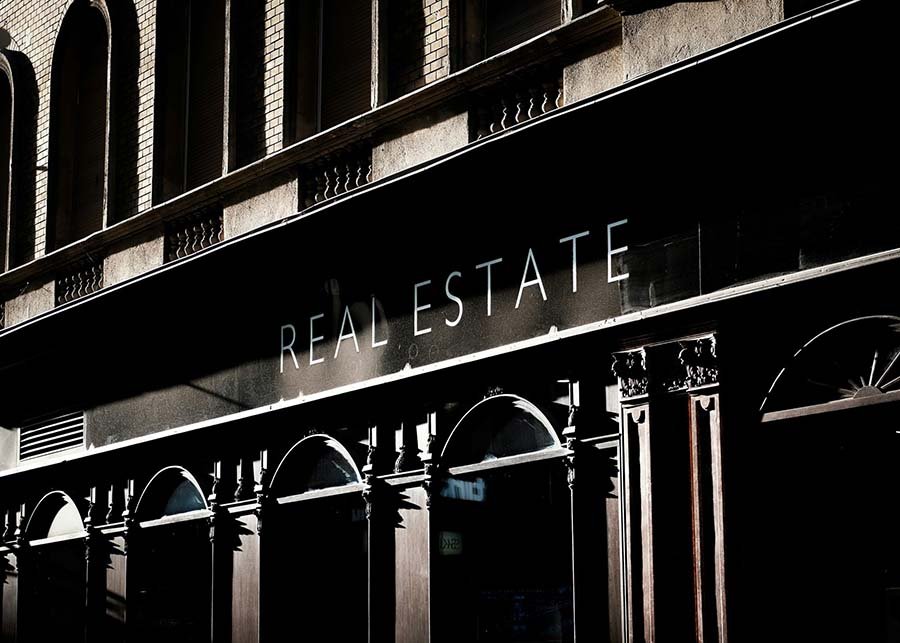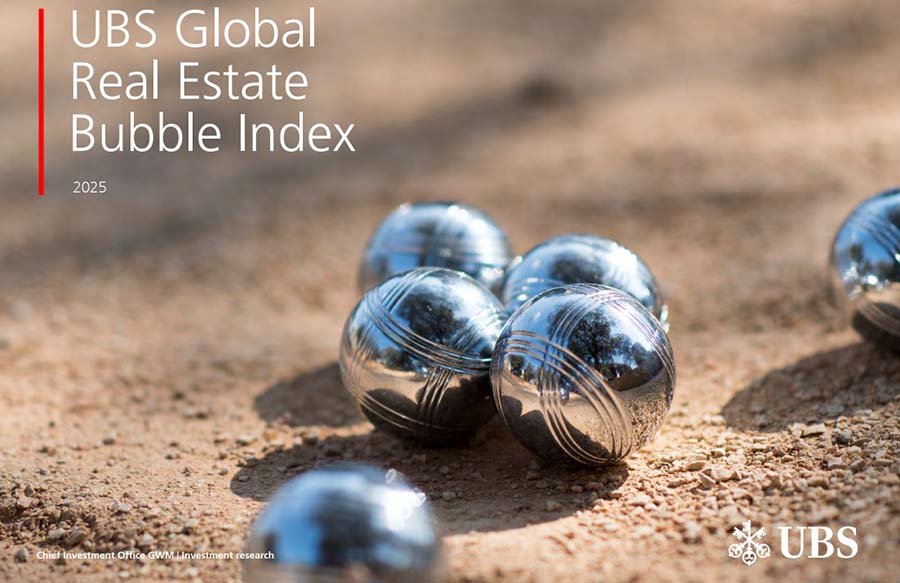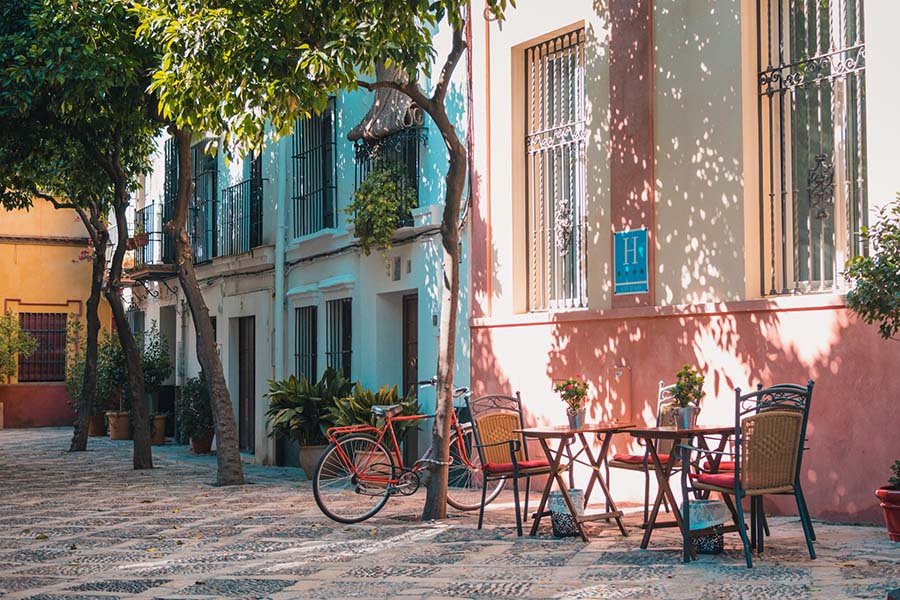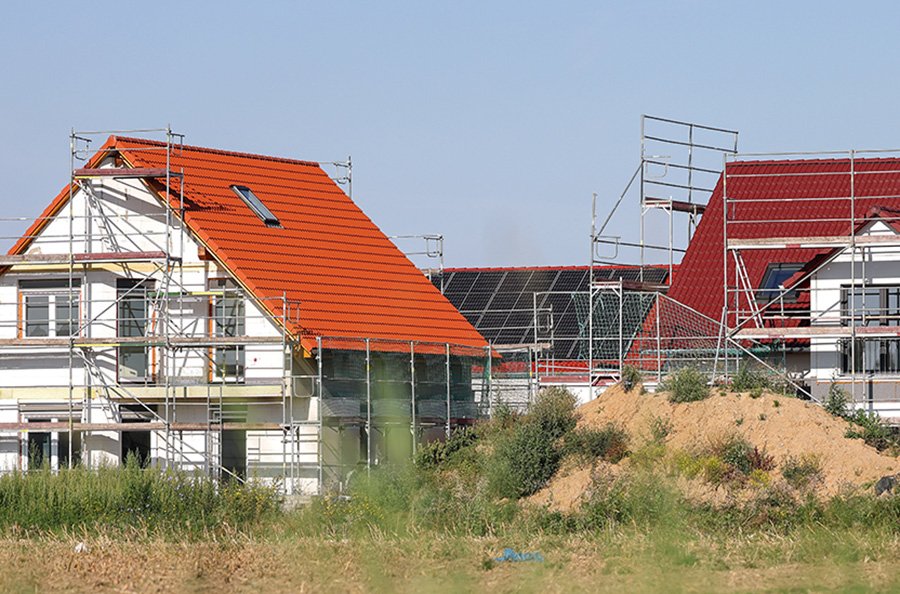читайте также
 Portugal prepares IMT tax increase for foreign homebuyers
Portugal prepares IMT tax increase for foreign homebuyers
 Turkey plans to abolish the all-inclusive system in hotels
Turkey plans to abolish the all-inclusive system in hotels
 How Digital Nomads Are Transforming Cities and Economies
How Digital Nomads Are Transforming Cities and Economies
 Housing Market Bubble Risks in 2025 – UBS Data
Housing Market Bubble Risks in 2025 – UBS Data
 Artificial Intelligence in Tourism: Market to Grow 4.5 Times by 2030
Artificial Intelligence in Tourism: Market to Grow 4.5 Times by 2030
 Spain’s Rental Housing Market: Foreigners Granted Tax Deductions
Spain’s Rental Housing Market: Foreigners Granted Tax Deductions
Buying Property in Germany’s Regions Becomes Cheaper Than Renting

In Germany, falling housing prices combined with rising incomes have made purchasing a home in some regions—especially outside major cities—more affordable than renting, according to a Postbank and Hamburg Institute of International Economics (HWWI) study. On average in 2024, buyers spent 18.3% of their income on a 70 m² property, compared to 14.1% for renters.
Eastern Germany and economically less developed areas remain particularly favorable for homebuyers. In Mansfeld-Südharz (Saxony-Anhalt), purchasing a 70 m² apartment requires just 7.8% of income, compared to 11% for renting. Similar trends are seen in Vogtland (7.4% vs. 10.2%), Greiz (7.1% vs. 9.9%), and the Saale-Orla district (8.6% vs. 11.4%).
The German Economic Institute (IW) in Cologne also lists Saarland, Saxony-Anhalt, and Thuringia among the most affordable federal states. Global Property Guide reports that in Q1 2025, the lowest prices were found in Gelsenkirchen (€1,605/m²), Duisburg (€1,861), Leipzig (€2,283), and Essen (€2,481). Dortmund averaged €2,580/m², while Dresden stood at €2,623. Affordability improved in 392 out of 400 regions compared to April 2023.
The Most Expensive Markets
Germany’s largest and most economically advanced cities remain the least affordable. In North Friesland, purchasing property consumes 53.3% of income, followed by Munich (43.6%) and Berlin (43.3%). In Hamburg, the figure is 39.8%, in Miesbach 39.6%, and in Frankfurt am Main 38.3%.
Cologne, Düsseldorf, Stuttgart, and Nuremberg have prices between €3,400 and €4,800/m². Berlin averages €4,859, Hamburg €5,977, and Frankfurt €5,652. Munich leads the market, with secondary housing at €8,476/m² and new builds at €11,454/m², keeping homeownership out of reach for most residents.
Price Trends and Market Recovery
Destatis reports that price declines halted in Q4 2024, with a 1.93% YoY increase—the first rise in nine quarters—though real terms still showed a slight drop (-0.35%). In Q1 2025, average prices for existing homes reached €3,403/m² (+1.6%) and new builds €5,478 (+2.9%).
According to the Association of German Pfandbrief Banks, the residential property price index rose 3.6% YoY in Q1, led by multi-family homes (+4.8%), driven by moderate mortgage rate reductions and growing demand in major cities. Reuters cites a 3.8% price increase, marking a market turnaround after nearly two years of declines. IfW Kiel reported a 3.2% rise, with single-family homes up 4.7% and multi-family units up 8.7%.
In Q2 2025, prices grew by 1.1% QoQ and 4.15% YoY. Apartments rose 0.7% QoQ and 2.7% YoY, while houses climbed 2% and 3.7%, respectively.
Construction Slowdown and Future Outlook
The market faces added pressure from falling construction activity. Since late 2022, the number of new projects has dropped 85%, with total building area down 5% since early 2025. In smaller towns, the decline has reached 10%, according to Bulwiengesa and the German Federation of Independent Real Estate and Housing Companies (BFW). Experts forecast annual housing purchase and rental price increases of 3–5%.





